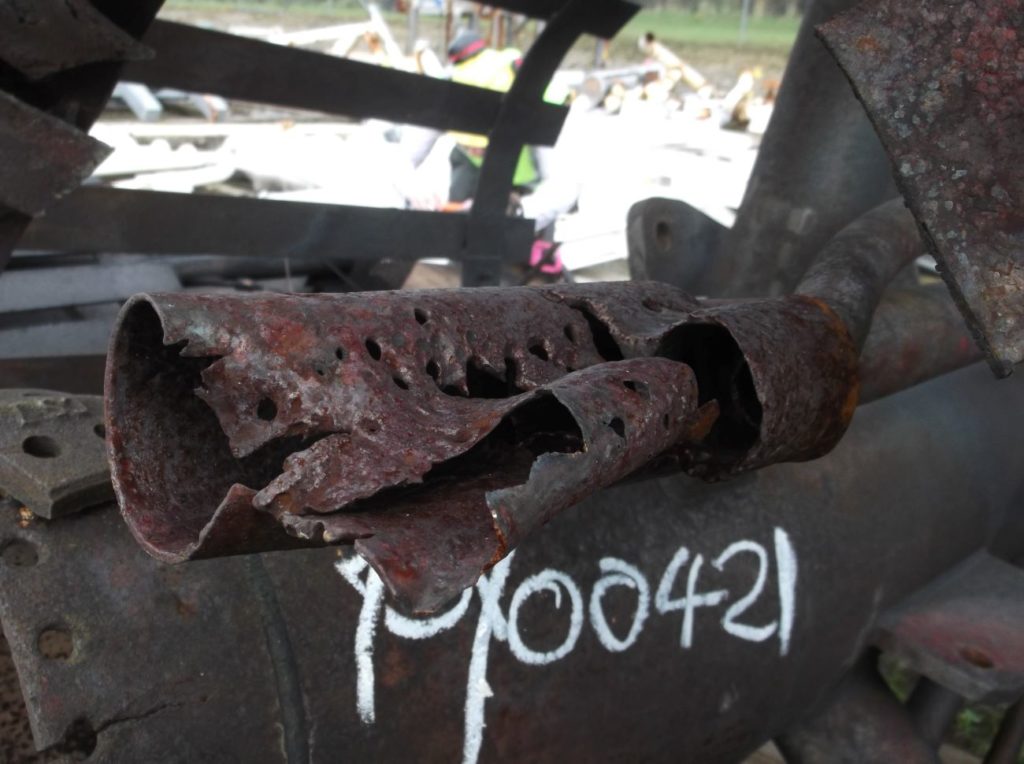
Regular inspection of flare tips (or burners) is recommended to ensure their safe and efficient operation and can be a regulatory requirement in some locations.
Inspection can be used to check the mechanical integrity of the flare tip and its associated ancillaries like flare pilots and ignition system. Flare inspection can also be used to check the functionality of the flare tip, pilots and ignition system. Flares can be inspected when they are in operation and also when they are shutdown. Inspections can be performed manually or remotely with the use of drones, helicopters or cameras.
Manual inspections require the flare to be shutdown and in a safe condition. Personnel can then approach the flare burners and carry out visual inspection of equipment, piping and ancillaries. Metal thickness measurements and non-destructive testing of materials can be performed
Some suggested areas for inspection are;
Advantages
• Metal thickness measurements and non-destructive testing of flare equipment can be performed
• Tightness of bolts and piping and instrument connections can be checked
• Detailed photographs of equipment can be made
• Functionality of pilot ignition equipment can be checked
• Opportunistic repairs or replacement of damaged equipment can be carried out
Limitations
Inspections can only be carried out when the flare is shutdown which may also require the whole facility to be shut down unless a standby flare is available
• Inspections may only be carried out infrequently
• Personnel access to the flare tip may be difficult, particularly if it is an elevated flare
Go Deeper
Case study
Awaiting copyright approval
Regular inspection of the flare is essential to maintaining safe and reliable operations. A range of techniues are now available to allow inspection to be carried out whilst the flare remains operational which reduces the risk of poor combustion efficiency